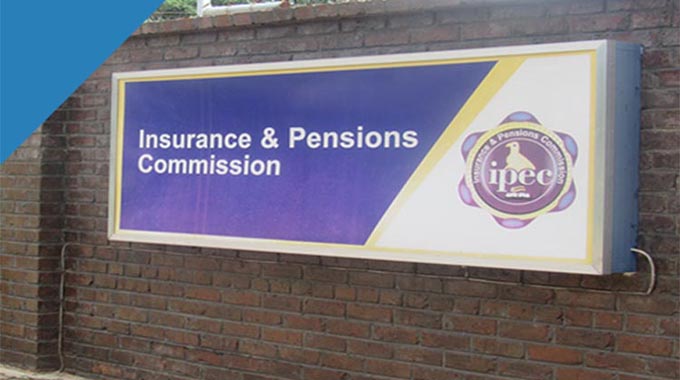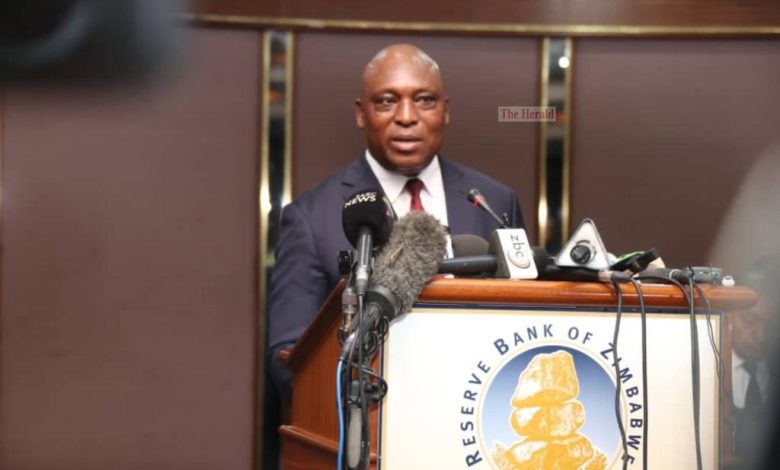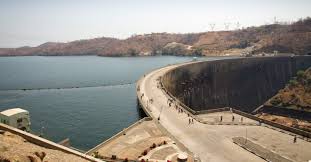Kariba plunge pool dewatering starts
DEWATERING of the plunge pool at Kariba Dam has begun with the Zambezi River Authority (ZRA) giving assurance that the exercise will not lead to “drastic” changes in river levels and electricity generation constraints at the hydropower plants fed by the dam.
Last month, the ZRA announced during the pre-dewatering sensitisation exercises that the exercise would not lead to drastic changes in dam and river water levels.
The Kariba Dam, the largest man-made lake in the world by volume, is currently the largest single source of electricity for Zimbabwe.
The Southern African country completed the expansion of the power station’s generation in 2018, increasing output to 1050 megawatts from 750MW.
Zimbabwe currently faces acute shortage with demand peaking at 2 200MW, especially during winter, against reliable production of 1 600MW.
The country is facing growing demand for power in line with economic expansion and from new housing units and industrial users.
The dewatering exercise at the Kariba Dam plunge pool began last Thursday and ZRA has indicated that the first 10 metres draw-down of the water-level in the plunge pool is expected to be achieved by Friday this week.
The project involves re-shaping of the Kariba Dam plunge pool to address safety deficiencies as well as the refurbishment of six flood gates to enhance operational control of reservoir releases.
The rehabilitation of the man-made dam shared by Zimbabwe and Zambia is meant to secure long-term reliability of power generation by the two nations and the entire southern African region.
“We wish to assure our stakeholders that the water pumping operations on day two of this exercise are progressing well and that the controlled volumes of water being discharged from the plunge pool will not lead to any drastic changes in river levels, as previously communicated during the pre-dewatering sensitisation exercises that were conducted in Zambia and Zimbabwe in June 2022.
“Further, the authority wishes to assure the general public that as the de-watering exercise continues, operations at the Kariba North Bank and Kariba South Bank Power stations will not in any way be affected by the on-going works,” said ZRA in a statement.
The authority said the de-watering process had commenced following the successful completion of the construction of the temporary coffer dam.
“The first 10 metres draw-down of the water-level in the plunge pool is expected to be achieved by 15th July, 2022. This is a very significant milestone in respect of the Plunge Pool Reshaping works component of the Kariba Dam Rehabilitation Programme, which is financed by the European Union through the 11th European Development Fund.
“On Thursday, 7th July 2022, the last Stoplogs of the plunge pool coffer dam were successfully installed, hence leading to the commencement of the first phase of dewatering,” it said.
It said this important exercise, which is a prerequisite to the plunge pool reshaping works is vital and will enable the contractor to effectively execute the excavation works in dry conditions.
The dewatering of the plunge pool is part of the Kariba Dam rehabilitation programme financed by the European Union through the 11th European Development Fund.
The US$300 million project is jointly funded by the World Bank, European Union, the African Development Bank, Swedish government and the Zambezi River Authority, a binational organization managing the dam on behalf of the governments of Zambia and Zimbabwe.
The dam, constructed across the Zambezi River which divides Zimbabwe and Zambia between 1956 and 1959, was commissioned in 1960.-The Herald











